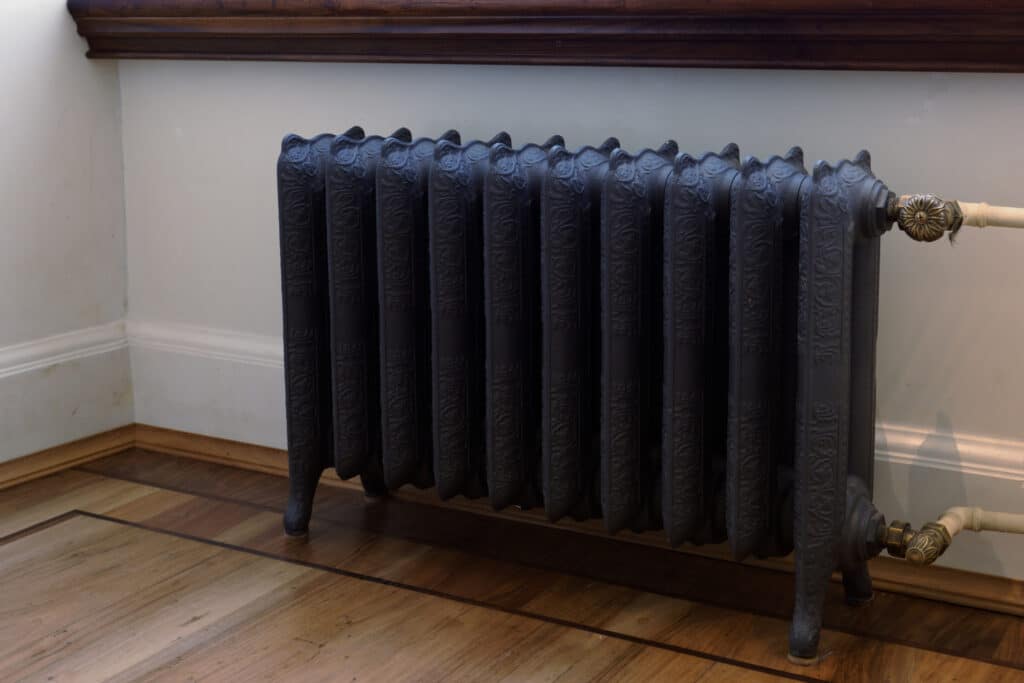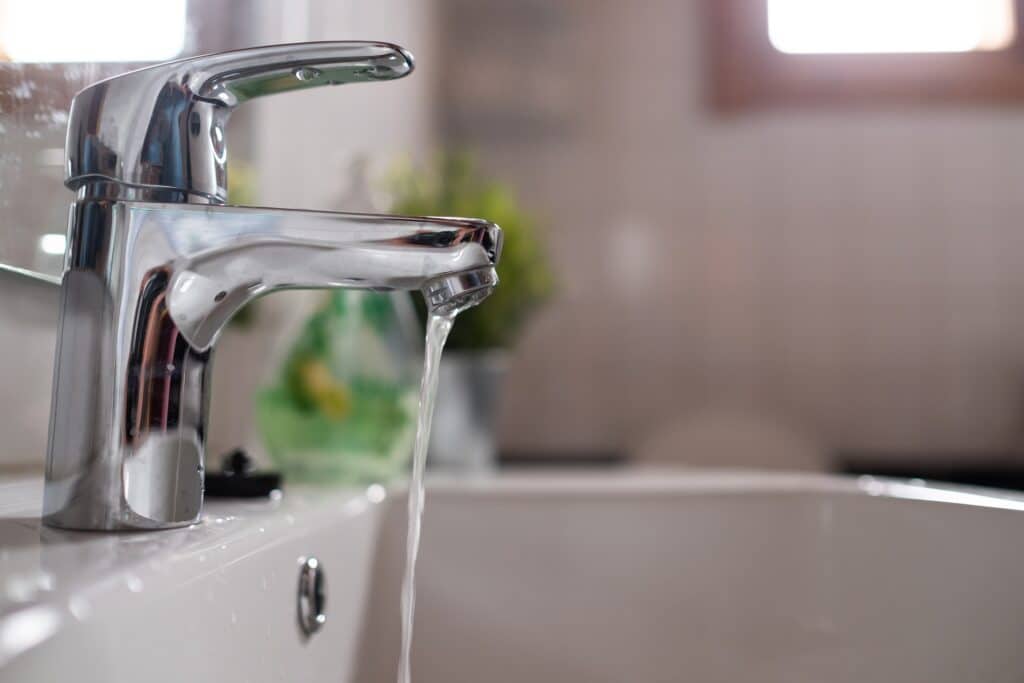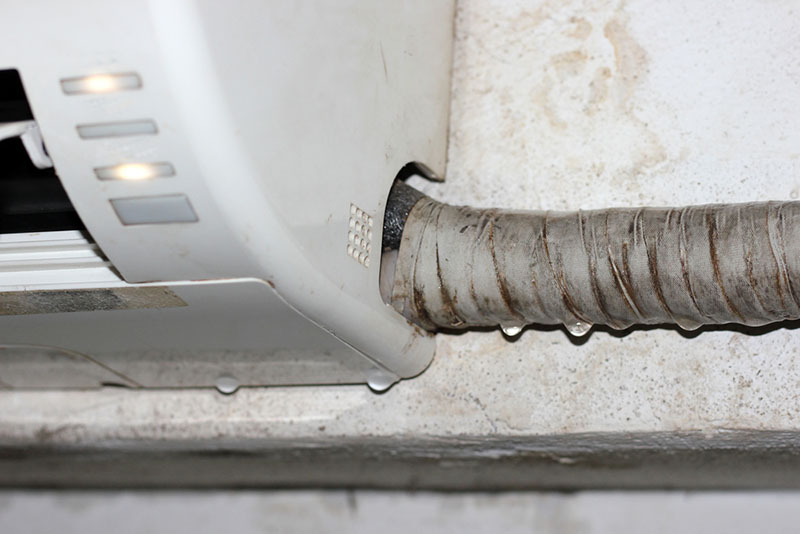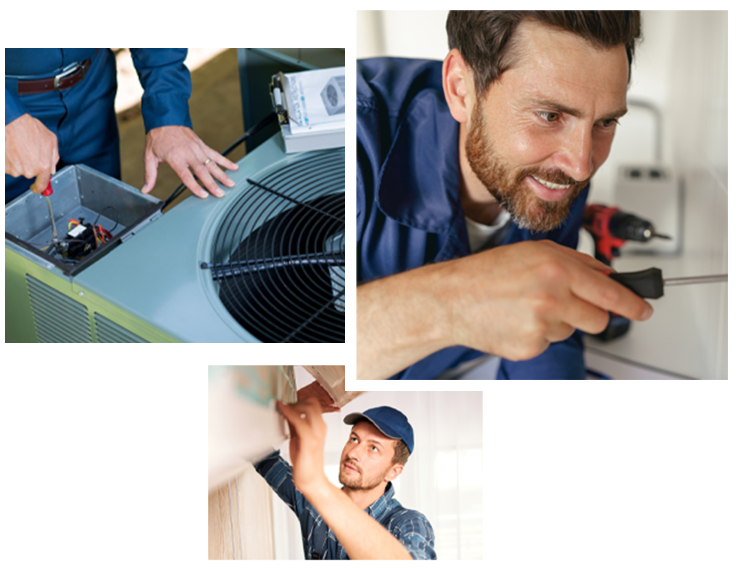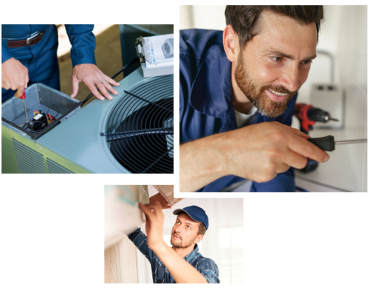How Does a Heat Pump Work?
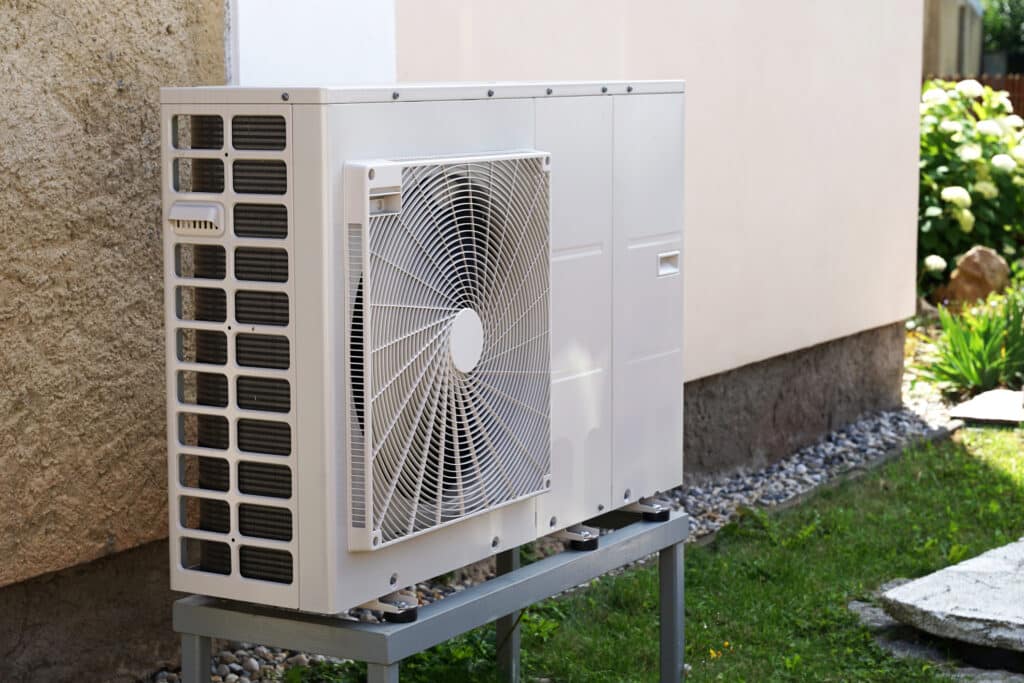
As energy efficiency becomes more important to homeowners in the greater Chicago area, heat pumps have become an increasingly popular choice for year-round comfort. Unlike traditional HVAC systems that use separate units for heating and cooling, heat pumps provide both functions in one energy-efficient system. But how exactly do they work? Whether you’re considering a heat pump for the first time or just curious about one you already have, here’s a closer look at how these systems operate—and why they might be the right solution for your home.
Primary Components of a Heat Pump
A heat pump may seem complex, but it operates using a few key components that work together to move heat into or out of your home:
- Compressor: This is the heart of the system, responsible for circulating refrigerant and increasing its pressure to help transfer heat.
- Expansion valve: This component reduces the pressure of the refrigerant so it can absorb heat as it moves through the evaporator coil.
- Condenser coil: Located outside for heating mode and inside for cooling mode, this coil releases heat that was absorbed from the air.
- Evaporator coil: This coil absorbs heat from the air in heating mode and releases it inside in cooling mode.
How a Heat Pump Works for Heating
In heating mode, a heat pump extracts heat from the outdoor air—even when it’s cold outside—and transfers that heat into your home. The refrigerant inside the system absorbs this outdoor heat and is compressed by the compressor to raise its temperature. Then, the warm refrigerant flows into the indoor coil, where it releases the heat into your home. This process continues in a loop, efficiently warming your space without having to generate heat through combustion or electric resistance.
How a Heat Pump Works for Cooling
During the summer, a heat pump works similarly to a central air conditioner. The system reverses its cycle, drawing warm air from inside your home and transferring it outside. The indoor coil acts as the evaporator, absorbing heat from the air, while the outdoor coil becomes the condenser, releasing the heat outdoors. As the refrigerant circulates, it cools and dehumidifies your indoor air, keeping your home comfortable all season long.
Benefits of Installing a Heat Pump
Heat pumps offer a variety of advantages, especially for homeowners looking to maximize comfort and energy savings. Here’s why many people are making the switch:
- Energy efficiency: Heat pumps use less energy than traditional heating and cooling systems because they transfer heat rather than generating it.
- All-in-one solution: They provide both heating and cooling, eliminating the need for separate systems.
- Lower utility bills: By using energy more efficiently, heat pumps can help reduce monthly energy costs.
- Consistent indoor comfort: Heat pumps maintain a more even temperature throughout your home.
- Environmentally friendly: With no need for combustion, heat pumps reduce your home’s carbon footprint.
Schedule Heat Pump Services With Cahill Today
Whether you’re ready to install a new heat pump or need expert repairs for your current system, Cahill Heating, Cooling, Electric, Plumbing & Sewer is your trusted HVAC partner in the greater Chicago area. With over 50 years of experience, factory-trained technicians, and same-day and emergency HVAC service, we provide dependable heat pump solutions tailored to your home with the reliable service you deserve.
Contact Cahill today to schedule heat pump service in the greater Chicago area and experience energy-efficient comfort year-round!


